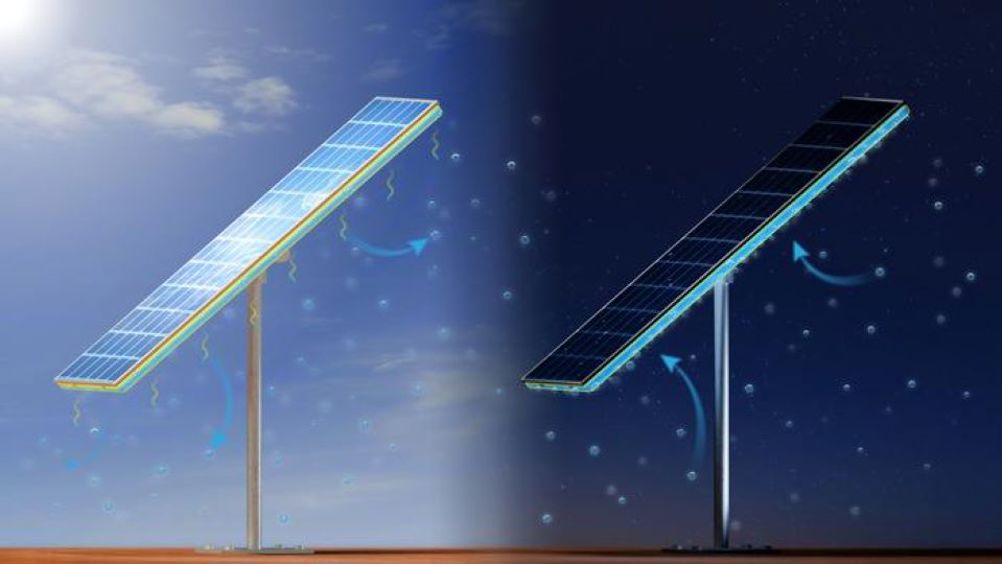Acrylate cooling material boosts solar cell efficiency
A team of international researchers has developed a new composite material made of acrylate that enhances the performance of solar cells.

Adhering the composite material to solar cells deployed in Saudi Arabia is claimed to have significantly raised power output and longevity while reducing the electricity consumed by the cells. The study, led by King Abdullah University of Science and Technology (KAUST), is detailed in Materials Science and Engineering: R.
Commercial solar panels convert about 20 per cent of the sun's rays into electricity with the rest absorbed as heat or reflected. Moreover, the heat reduces the performance and lifespan of the solar cells. Cooling the solar cells is necessary, but cooling systems like fans and pumps need electricity, whereas passive cooling does not.
"We specialise in materials that enable passive cooling. These materials are thin and can be placed on different systems that require cooling to operate, like greenhouses and solar cells, without affecting performance," said KAUST Professor Qiaoqiang Gan, who led the study.
Register now to continue reading
Thanks for visiting The Engineer. You’ve now reached your monthly limit of news stories. Register for free to unlock unlimited access to all of our news coverage, as well as premium content including opinion, in-depth features and special reports.
Benefits of registering
-
In-depth insights and coverage of key emerging trends
-
Unrestricted access to special reports throughout the year
-
Daily technology news delivered straight to your inbox










INWED Engineering Profile: Naval Architect Ellie Driver
Not a woman I´d want to cross … oh, that was Elle Driver